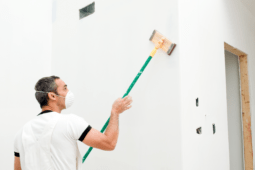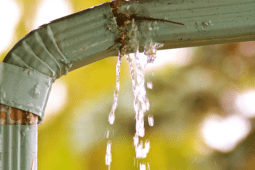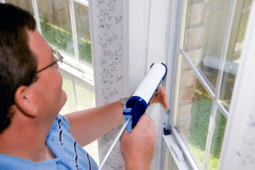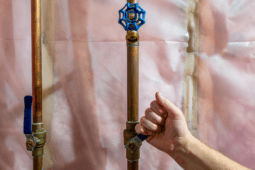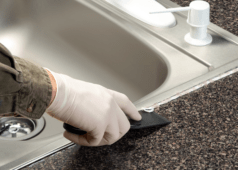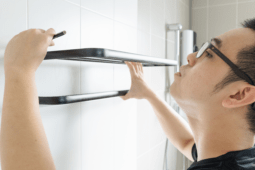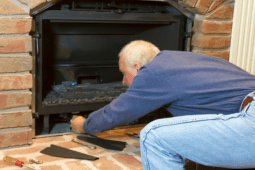Build Your Own DIY Smokeless Fire Pit With This Step-By-Step Guide
Creating a cozy outdoor space is more enjoyable with a DIY smokeless fire pit. Not only does it provide warmth and ambiance, but it also ensures a clean and pleasant experience by reducing smoke.
This innovative design allows you to enjoy the crackle of the fire without the nuisance of constantly shifting to avoid smoke. Additionally, building your own smokeless fire pit can be a rewarding project that adds a personal touch to your backyard or patio.
Benefits of Having a DIY Smokeless Fire Pit in Your Backyard
With a DIY smokeless fire pit, you’ll enjoy the warmth and ambiance of a traditional fire without the bothersome smoke. One significant benefit is the improved air quality, making it easier to breathe and more enjoyable to gather around.
This is especially advantageous for those with respiratory sensitivities or allergies. Additionally, the advanced airflow design of these fire pits ensures a more complete combustion process, reducing the release of harmful pollutants into the environment.
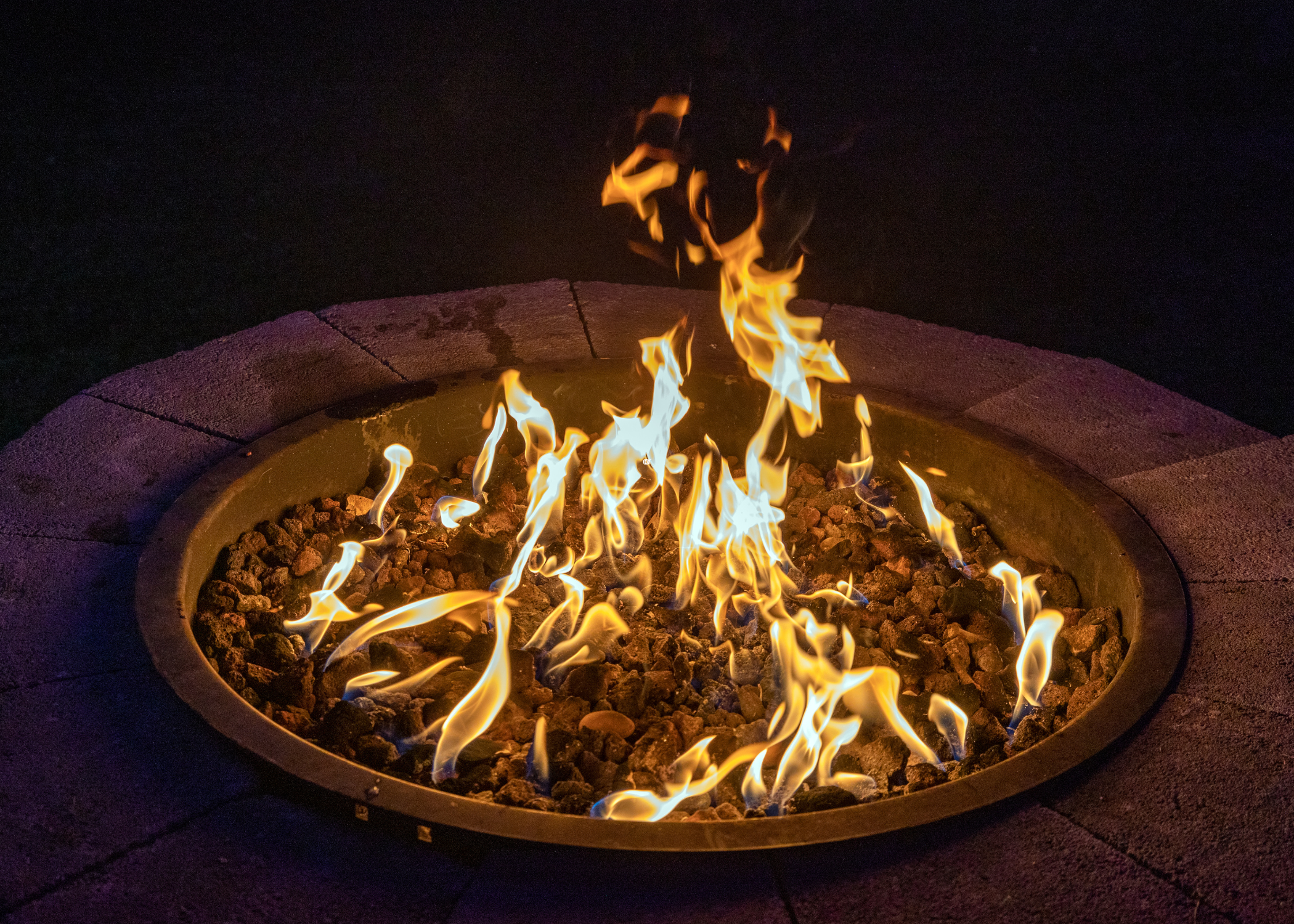
Another compelling reason to build your own smokeless fire pit is the cost savings. Purchasing a pre-made smokeless fire pit can be expensive, but a DIY approach allows you to create a high-quality solution at a fraction of the price.
Plus, the customization aspect means you can tailor the fire pit to your specific needs and aesthetic preferences, making it a unique addition to your outdoor space. Not only will you save money, but you’ll also gain a sense of accomplishment and pride from crafting something with your own hands.
Essential Materials and Tools for Your DIY Smokeless Fire Pit
Creating a DIY smokeless fire pit involves gathering several key materials and tools to ensure your project is both efficient and enjoyable. Start with a durable and heat-resistant metal container, such as a stainless steel or cast iron bowl, which will form the main body of your fire pit.
You’ll also need a secondary, smaller container to fit inside the main one, allowing for the air circulation necessary to minimize smoke. Additionally, a grill grate or metal mesh placed at the bottom of the pit will support the fuel and help improve airflow.
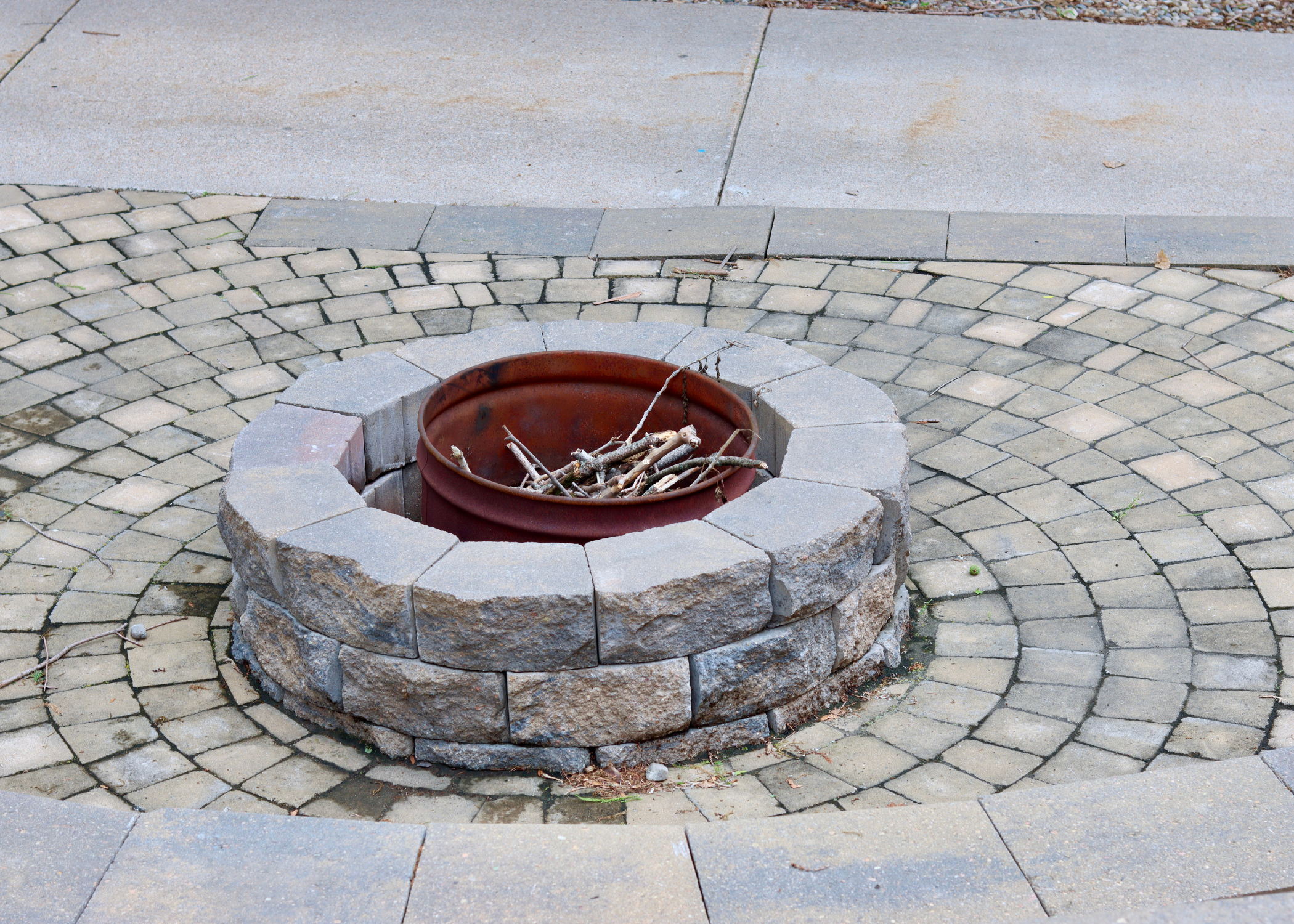
Basic tools like a drill and metal-cutting saw are essential for creating ventilation holes during the construction process. These holes are critical for the smokeless feature, ensuring a proper flow of air to fuel the fire while reducing smoke output. Safety gear, such as gloves and safety glasses, should always be worn to protect yourself during the building process.
Lastly, having a stable, non-flammable surface to assemble your fire pit on will help prevent accidents and ensure a smooth construction process. With the right materials and tools, creating your own DIY smokeless fire pit can be a rewarding and functional addition to your outdoor space.
Step-by-Step Guide to Building Your DIY Smokeless Fire Pit
Starting your DIY smokeless fire pit project is easier than you might think, and it all begins with choosing the right location. Select a spot that’s flat and far from any flammable materials; ensuring safety is the top priority.
Once you’ve identified the perfect location, gather your materials, such as firebricks, a metal grate, and a steel drum. These components will not only help you build a sturdy structure but also ensure efficient airflow, which is crucial for minimizing smoke.
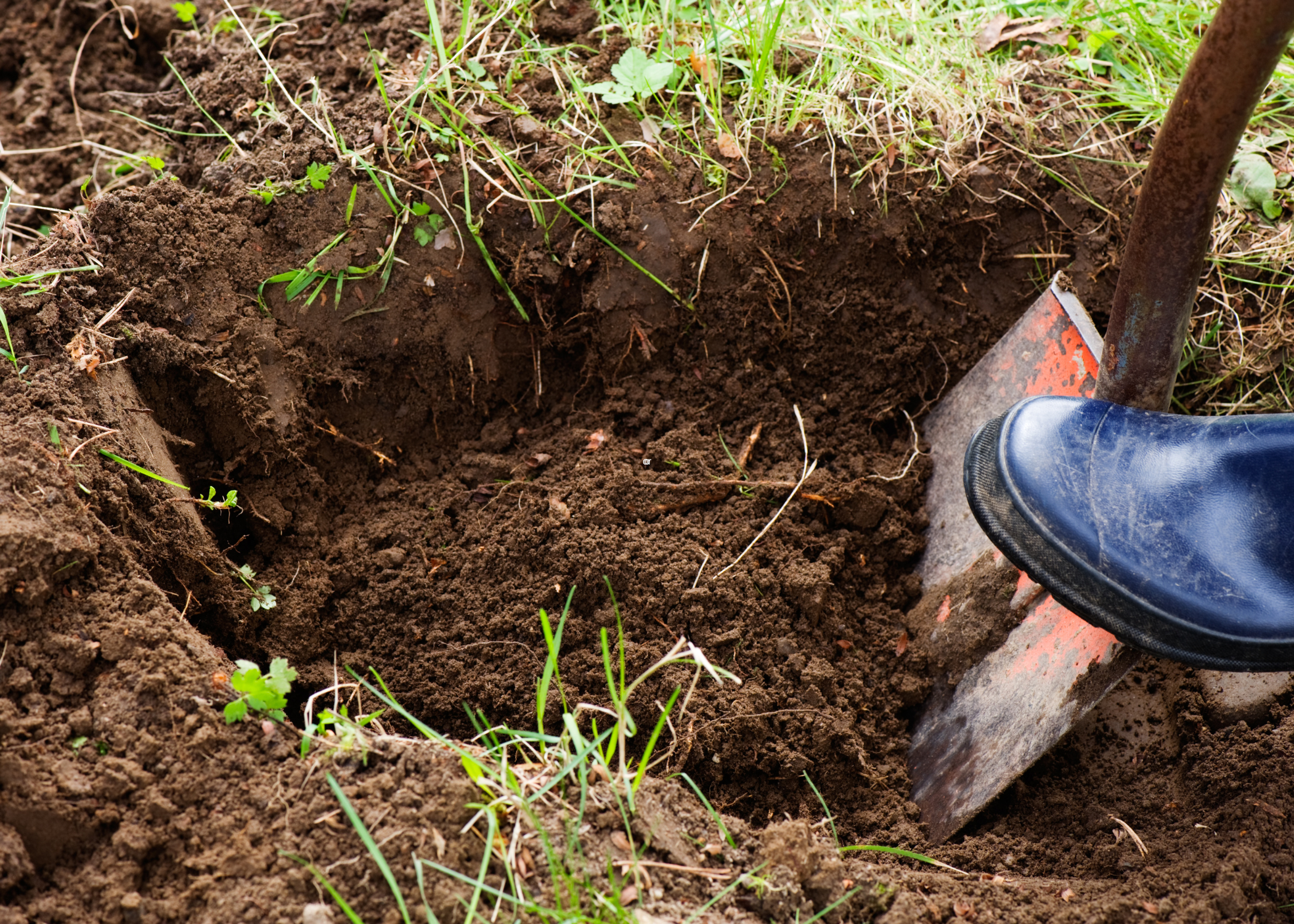
Next, start by digging a shallow hole to accommodate the base of your fire pit. Place the firebricks around the perimeter, forming a solid foundation. Insert the steel drum into the center and arrange the metal grate above it, which will encourage better combustion.
As you build, periodically check the stability and alignment of the components. Careful planning and precise execution will ensure your DIY smokeless fire pit functions effectively, allowing you to enjoy a cozy, smoke-free fire.
Tips and Tricks for Optimal Performance of Your DIY Smokeless Fire Pit
To achieve the best performance from your DIY smokeless fire pit, start by choosing the right materials. Opt for hardwoods like oak or hickory, as they burn more efficiently and produce less smoke.
Additionally, ensure your firewood is well-seasoned and dry. Wet or green wood generates more smoke and diminishes the smokeless experience. Another key factor is stacking the wood properly. Arrange smaller kindling at the base and larger logs on top, allowing air to circulate freely and promote complete combustion.
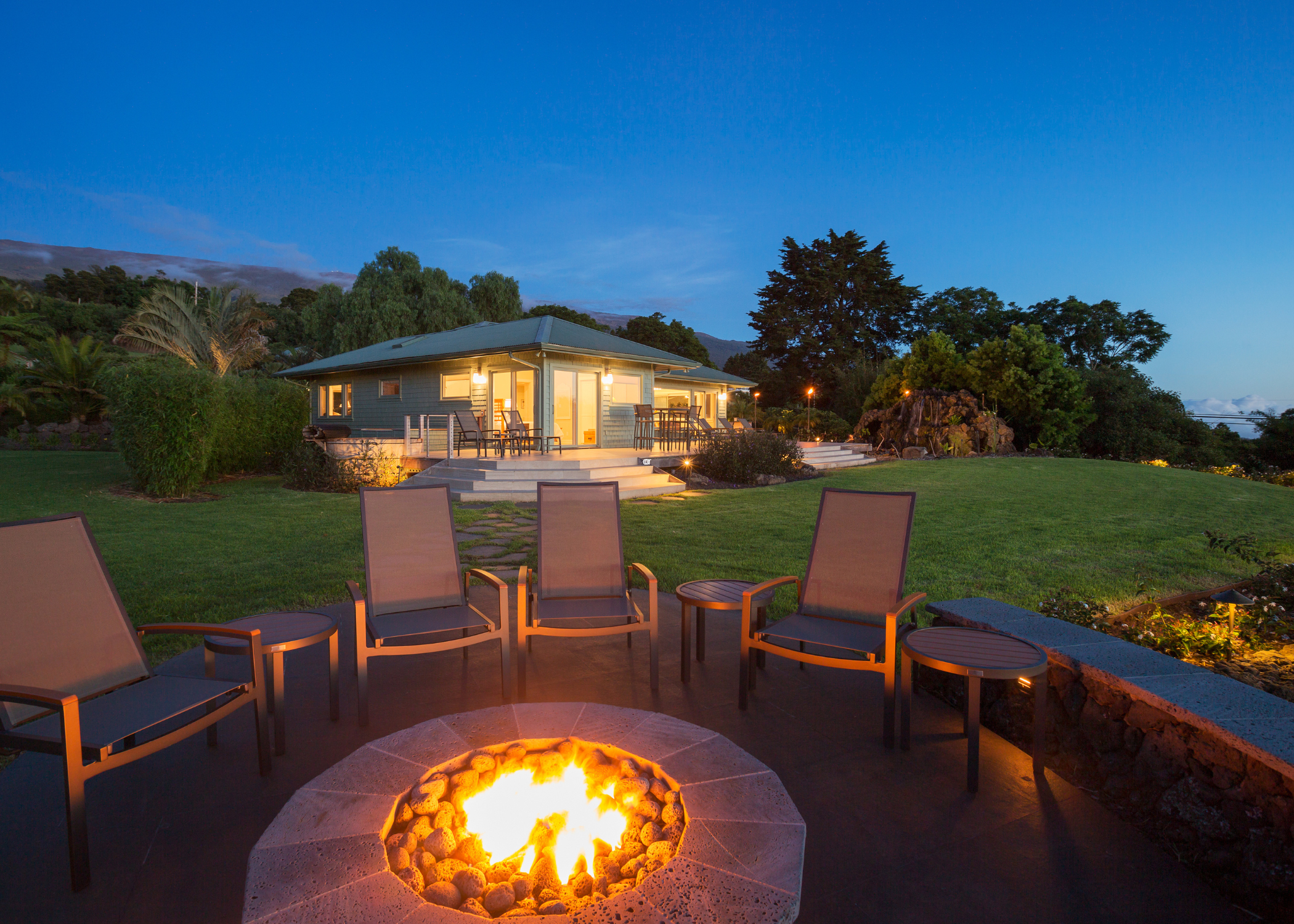
Maintaining your DIY smokeless fire pit is equally important. Regularly clean out the ash build-up, as excessive ash can obstruct airflow and reduce efficiency. Moreover, consider adding a layer of sand at the bottom of the pit.
The sand not only insulates but also aids in even heat distribution. Lastly, always monitor your fire pit while in use. Adjust the logs periodically to ensure optimal airflow and sustained smokeless performance. Keeping these tips in mind will help you enjoy a virtually smoke-free fire experience.
Enjoying Your DIY Smokeless Fire Pit for Years to Come
As you sit back and enjoy the warmth and ambiance of your DIY smokeless fire pit, you’ll find that the effort you put into creating it pays off in numerous ways.
Not only does it provide a cozy gathering spot for friends and family, but it also minimizes the smoke that can often detract from the experience. This means more time enjoying the fire and less time dealing with irritated eyes and smoky clothes.
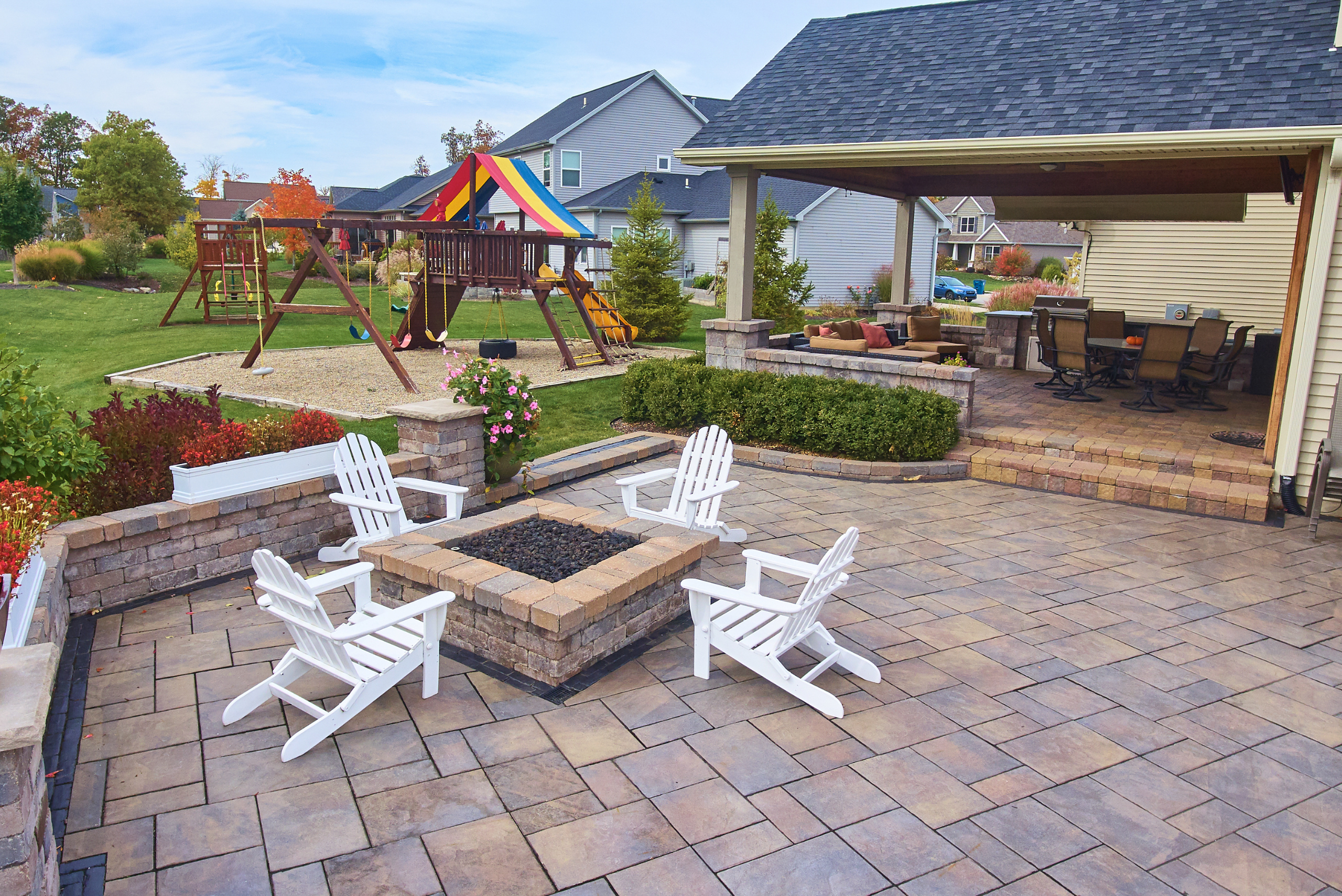
To ensure your DIY smokeless fire pit remains a beloved feature for many seasons, keep up with regular maintenance. Clean out any ash buildup and inspect the structure for any signs of wear.
By taking these simple steps, you’ll preserve its functionality and aesthetic appeal, allowing countless evenings of enjoyment. Embrace the relaxation and joy that your carefully crafted fire pit brings, knowing that it will continue to be a centerpiece of your outdoor living space for years to come.
Related Articles
- Step-by-Step DIY Firewood Rack Build Guide
- DIY Guide to Crafting Your Own Backyard Meat Smoker
- 60 DIY Fire Pit Ideas For Your Backyard
Ready to start your next project? Join our DIY community to receive tool tips, how-to guides, and exclusive creative insights. Subscribe to the ManMadeDIY newsletter now! Click here to unlock a world of hands-on inspiration.
Frequently Asked Questions (FAQs)
What is a smokeless fire pit?
A smokeless fire pit is a type of fire pit designed to reduce or eliminate the amount of smoke produced when burning wood or other fuel. This is typically achieved through a double-wall design that allows for better airflow and more complete combustion of the wood. The result is a cleaner burn that produces less smoke.
How does a smokeless fire pit work?
A smokeless fire pit works by improving the airflow around the fire. The double-wall design creates a space where air can circulate, feeding oxygen to the fire from underneath and around the sides. This increased airflow helps the fire burn hotter and more efficiently, which reduces the amount of smoke produced. Additionally, the secondary combustion process burns off smoke particles before they are released into the air.
Are smokeless fire pits safe to use?
Yes, smokeless fire pits are generally safe to use when built and operated correctly. They are designed to contain the fire and reduce smoke, which can make them safer and more enjoyable for gatherings. However, it’s important to follow all safety guidelines, including keeping the fire pit a safe distance from structures, using appropriate materials, and never leaving a fire unattended.
Can I use any type of wood in a smokeless fire pit?
While various types of wood can be used in a smokeless fire pit, hardwoods like oak, hickory, and maple are preferable because they burn hotter and more efficiently, producing less smoke. Softer woods like pine can produce more smoke and may not burn as cleanly. Seasoned or kiln-dried wood is also recommended because it has lower moisture content, which further reduces smoke production.
How do I maintain a DIY smokeless fire pit?
Maintaining a DIY smokeless fire pit involves regular cleaning and inspection. Remove ashes and debris after each use to ensure proper airflow for future fires. Check the structure for any signs of wear or damage, particularly the metal components, and replace them as needed. Periodically, you may also need to re-level the base or adjust the stones or bricks to maintain stability and safety. Keeping your fire pit in good condition will ensure it continues to function efficiently and safely.


